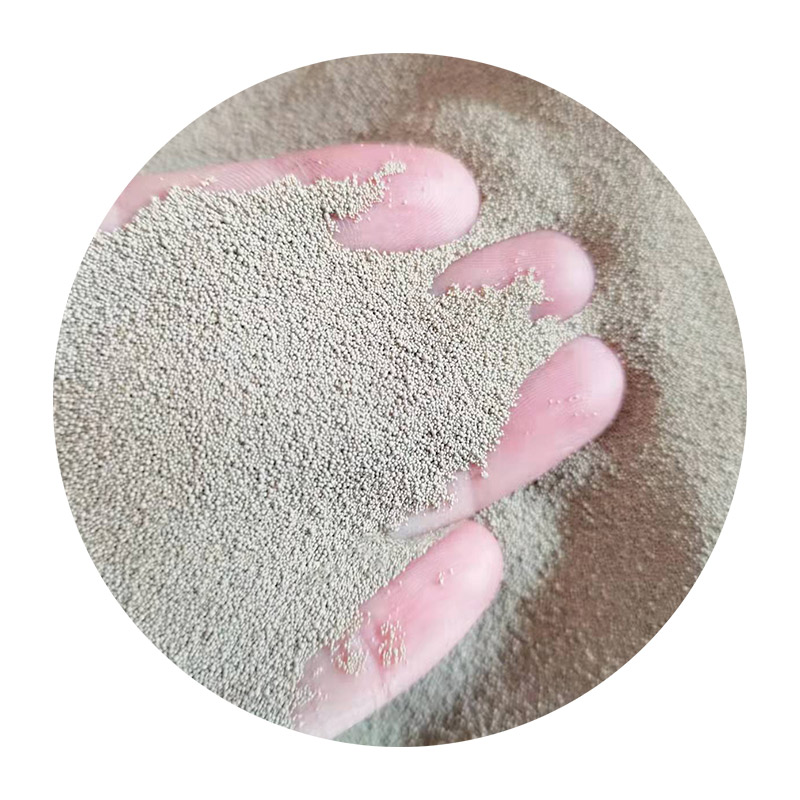The Allure and Applications of Spherical Sand
Spherical sand, a captivating material boasting distinct geometric properties, has garnered attention in various fields ranging from construction to industrial applications. Unlike traditional sand, which typically features angular grains, spherical sand is characterized by its uniform, rounded shape. This unique attribute makes it suitable for a range of uses that capitalize on its distinct flow, packing, and drainage characteristics.
Formation and Characteristics
Spherical sand often derives from natural processes like weathering and erosion, where rock particles break down into smaller grains over time. Alternatively, synthetic processes can produce spherical sand, which ensures a uniform size and shape. This synthetic version is particularly significant in industries that require consistency in material properties. The ideal size of spherical sand grains often ranges from 100 to 300 microns, allowing for excellent flowability and reduced friction between particles.
One key feature of spherical sand is its ability to minimize interlocking among grains, leading to improved flow characteristics. This property enables spherical sand to be easily transported and spread, making it a preferred choice in various applications.
Applications in Construction and Engineering
In construction, the application of spherical sand can enhance the performance of concrete. When mixed with cement, spherical sand improves workability, reduces segregation, and minimizes the water-cement ratio. The uniformity of the particles leads to a denser packing structure, which ultimately contributes to increased durability and strength of the concrete. As urbanization accelerates and the demand for robust infrastructure grows, spherical sand’s role in ensuring high-quality construction materials becomes increasingly vital.
In addition to concrete, spherical sand is extensively used in 3D printing. The geometric consistency of the particles allows for more precise layering and binding, making it a preferred material in additive manufacturing processes. Its shape contributes to better flow through printers, reducing the likelihood of clogging and ensuring higher fidelity in the final products.
spherical sand

Environmental Benefits
The environmental implications of using spherical sand are noteworthy. Traditional sand mining can result in critical habitat destruction, increased erosion, and ecosystem disruption. By utilizing synthetic spherical sand or re-purposed materials, industries can mitigate some environmental impacts associated with conventional sand sourcing. This shift toward more sustainable practices aligns with global efforts to promote environmentally responsible construction and manufacturing processes.
Moreover, spherical sand is also gaining recognition in the field of filtration systems. Its spherical shape and uniform size contribute to improved water filtration processes by providing larger voids between particles, allowing for more effective water flow while trapping impurities. This characteristic makes it an invaluable resource in both industrial and residential water treatment systems, enhancing the purification process and promoting safe, clean water access.
The Future of Spherical Sand
As industries continue to evolve, the demand for innovative materials like spherical sand will likely increase. Researchers are exploring new ways to expand the applications of spherical sand further. For example, its potential role in the burgeoning field of liquid batteries demonstrates its versatile properties. By improving the structural integrity and conductivity of battery materials, spherical sand might play a significant part in the next generation of energy solutions.
In addition, the ongoing search for alternative materials in construction, particularly with an eye on sustainability, positions spherical sand as a potential candidate. Its properties lend themselves to advancements in eco-friendly building practices, creating opportunities for innovation in both residential and commercial projects.
Conclusion
Spherical sand is more than just a fascinating material; it is an essential component in modern construction, manufacturing, and environmental applications. Its unique properties facilitate not only the creation of stronger and more durable products but also contribute to sustainable practices that reduce environmental impacts. As industries continue to seek out innovative solutions, the versatility and advantages of spherical sand will undoubtedly secure its place as a key player in future developments across various fields. Whether it’s improving concrete quality or enhancing filtration processes, spherical sand is set to shape the way we build, manufacture, and interact with our environment for years to come.
Post time:Dic . 18, 2024 12:15
Next:sand used for sand casting
